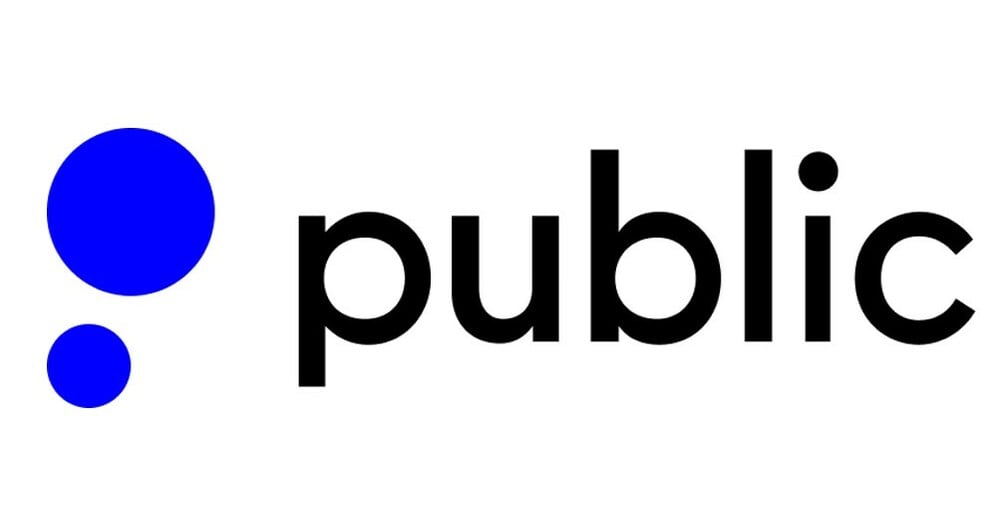The 5 Best Short-Term Investments Right Now
Worried about taking too much risk when the market is volatile? Online savings accounts, Treasury accounts and CDs are some of the best short-term investments available.

Many, or all, of the products featured on this page are from our advertising partners who compensate us when you take certain actions on our website or click to take an action on their website. However, this does not influence our evaluations. Our opinions are our own. Here is a list of our partners and here's how we make money.
The investing information provided on this page is for educational purposes only. NerdWallet, Inc. does not offer advisory or brokerage services, nor does it recommend or advise investors to buy or sell particular stocks, securities or other investments.
If you have a near-term goal you want to save for, you'll want to earn the best possible return while taking the lowest amount of risk. Short-term investments can help you achieve this. Ideally, the best short-term investments should provide a safe and easily accessible place to park your money for your goals, while also earning some interest.
What are short-term investments?
A short-term investment is one that can be easily converted to cash, such as a high-yield savings account, a money market account, or certain bonds.
If you’re investing in the stock market, it’s generally considered a good idea to plan to keep your money invested for at least five years — that allows you time to ride out market volatility. But a savings goal of five years or less doesn’t mean you need to let your cash sit idle. There are several ways to help your money grow, even within a limited timeframe.
Short-term investments offer different interest rates and investment returns than long-term investments. For the most part, growing money for a short time through interest-bearing accounts is extremely low risk. You go into the agreement knowing how much interest you’ll earn over a preset period of time.
Best short-term investment options
1. High-yield savings account
High-yield savings accounts (HYSAs) allow you to deposit money into an interest-bearing bank account that typically offers higher-than-average annual percentage yields (APYs) compared with a typical savings account. The higher your balance is, the more interest you can collect on your funds over time, making this an ideal place to hold money you intend to use for an emergency fund or a short-term goal. Bank savings accounts are also FDIC-insured, meaning that up to $250,000 of your money per institution, per depositor, is protected in case of a bank failure.
NerdWallet’s analysis shows that the annual percentage yields for high-yield online savings accounts are currently above 4%. This may not sound like much, but it’s higher than 0.38%, the current national average interest rate on savings accounts and what you’ll likely be offered at your hometown bank branch .
Potential interest rate: 4%+.
Where to open one: Any physical or online bank that offers a HYSA. The bank that works best for you depends on the type of interest rate you're looking for, as well as other factors such as convenience, deposit and withdrawal times, bonuses, and whether you want to open additional accounts within that bank's ecosystem.
» Next step: Our picks for the best high-yield savings accounts
Nerdy Perspective
I had long held the misconception that there must be a “catch” to earning interest through a high-yield savings account. I assumed they must charge fees, require a steep minimum deposit, and have strict rules around withdrawals. Because of this, it didn't seem like the right place to keep my emergency fund. Now, I wish I had done my research sooner. In reality, there are many high-yield savings accounts that don’t have these drawbacks. Don’t let your assumptions scare you away from earning interest on your savings.

2. Cash management account
Another alternative for short-term savings is a cash management account (CMA). These accounts tend to offer services you'd expect from traditional savings and checking accounts — such as check writing, mobile check deposit, bill pay, money transfers, goal-setting and overdraft programs — but are offered by online brokerage firms and robo-advisors instead of banks. The benefit here is that as an investor, you can keep all your funds under one roof. You may also get higher interest rates on that parked cash than you might find by placing your money in a traditional savings account.
To provide insurance, cash management accounts often sweep funds into partner banks, where the funds will then be covered by that bank's FDIC insurance. In some cases, the CMA will partner with a number of different banks, which can raise your overall FDIC insurance limit since part of the limit is per institution.
Potential interest rate: 3%+.
Where to open one: Any brokerage or robo-advisor that offers cash management. You'll want to consider interest rates, any additional fees you might incur and whether you'd like to use that provider for investing services in addition to cash management.
» Next step: View our list of the best cash management accounts
NerdWallet rating 4.8 /5 | NerdWallet rating 4.6 /5 | NerdWallet rating 4.6 /5 |
Fees $0 per online equity trade | Fees $0 | Fees 0% - 4% varies by type of transaction; other fees may apply |
Account minimum $0 | Account minimum $0 | Account minimum $0 |
Promotion None no promotion available at this time | Promotion Earn up to $10,000 when you transfer your investment portfolio to Public. | Promotion Get $200 in crypto when you sign up. Terms Apply. |
3. Brokerage cash sweeps
Some — but not all — brokerage firms pay a high interest rate on uninvested cash. This could be money you've chosen not to invest, dividend payments that aren't reinvested, profits from the sale of an investment or other cash that has accumulated in your account.
Some brokers may call this buying power — it is effectively the cash available to buy securities. But it doesn't have to be used that way, and if you opt for a brokerage firm that pays a high interest rate, you can earn a high return on that idle money.
One thing to keep in mind: In most cases, this uninvested cash will be covered by SIPC insurance, not FDIC insurance. SIPC protects up to $500,000 (up to $250,000 of that can be cash) per person, per brokerage account in the event the brokerage firm becomes insolvent.
Potential interest rate: 4%+
Where to open one: Since cash sweeps are merely one of the offerings that many brokerage accounts have, you'll want to make sure you open an account with a firm that meets your expectations when it comes to fees and usability as well.
4. Bank certificates of deposit
Certificates of deposit — also known as CDs — can be a good risk-free savings option for money you are sure you don’t need for a set period of time. They work like this: You agree to put money into a bank account for a set period of time (ranging from three months to five or more years) in order to collect a preset, guaranteed interest rate on those funds. In general, the longer the term, the higher the interest rate.
Remember that you may want to avoid locking your money up in a long-term CD when interest rates are rising. However, when rates are expected to fall, CDs can allow you to lock in a high rate. If you need to withdraw your money before the CD term ends, you’ll typically pay a penalty of three to six months’ interest. Also, note that CDs may have a minimum deposit requirement.
Potential interest rate: 3% to 4%, depending on CD term.
Where to open one: Most banks and financial institutions offer CDs. When choosing a CD offer, it can be helpful to look at rates and terms to find a good fit for your particular goal.
» Next step: View our list of the best CD rates
5. Short-term bond funds or Treasury accounts
A bond is a loan to a company or government that pays back a fixed rate of return. A bond is generally considered a safer investment than stocks, but it still carries some risks: the borrower could default, or bond values could decline when interest rates rise.
To reduce the risk of default, choose bond funds that primarily own government bonds or invest through a Treasury account, which typically invests in Treasury Bills, holds them to maturity and then reinvests the proceeds in more T-bills. Treasury accounts aren't as common as CDs or savings accounts, but they're becoming more readily available.
Potential interest rate: 4%+.
Where to open one: You can purchase bond funds via an online brokerage account. Registered NerdWallet users can access a Treasury account through a collaboration with Atomic. Public, an online brokerage firm that NerdWallet reviews, also offers such an account. Wealthfront, a robo-advisor, offers an automated bond ladder that similarly invests in U.S. Treasurys.
Short-term investments
Short-term investments











